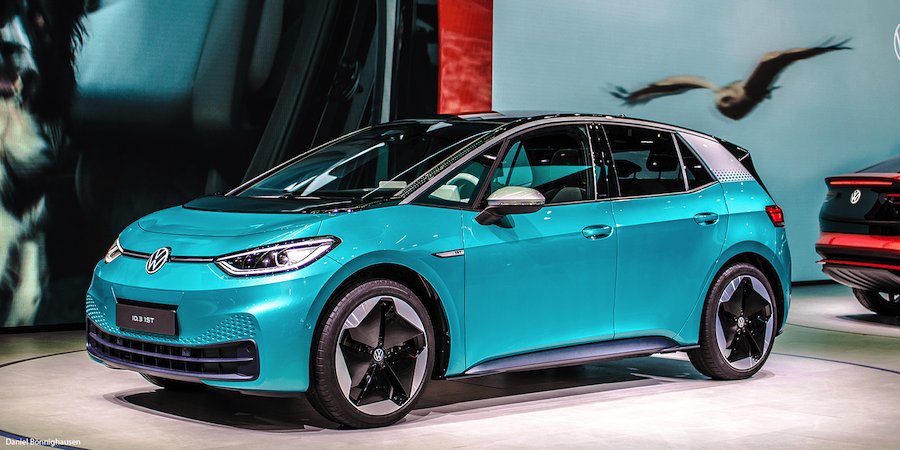Volkswagen Will Roll Out 75 EVs by 2029, Hybrids Also Planned

As the headline implies, 74 more electric vehicles will launch by 2029.
As if that number wasn't impressive enough, "about 60 hybrids" are also in the pipeline. The ID.4 crossover is the second of 75 electric vehicles planned, and as far as the underpinnings are concerned, the MEB modular platform of the ID.3 should be carried over without too many modifications to the drivetrain.
"We are resolutely pressing ahead with the transformation of the Volkswagen Group and focusing our investments on the future of mobility," declared Hans Dieter Pötsch, Chairman of the automaker's Supervisory Board. "This is part of our systematic and consequent implementation of the group's strategy."
The long-term plan for the next 10 years might be celebrated by those who believe that EVs are the future, but on the other hand, it's worth remembering that electric vehicles still aren't up to snuff. The charging infrastructure, cold-weather range, and relatively high starting price are just three obstacles the Volkswagen Group and other automakers have to work out in order to phase out internal combustion engines. Speaking of dinosaur juice, it's actually the world's governments and eco-friendly legislators that kicked the electric adoption into overdrive.
Fossil fuel in passenger cars will become a thing of the past in the Netherlands in 2030, France in 2040, and Costa Rica in 2050. This includes gasoline- and diesel-fueled vehicles, and the purpose of this switch to new energy vehicles is to curb the carbon footprint. The big question is, how is electricity produced?
The green energy sector has a lot of catching up to do, and China still happens to use more than half of the world's coal to sustain the country's position as the manufacturing hub of the world. Unless renewables and hydrogen get more attention in the coming years, then nuclear energy would be our only way to sustain the EV revolution.
Related News
